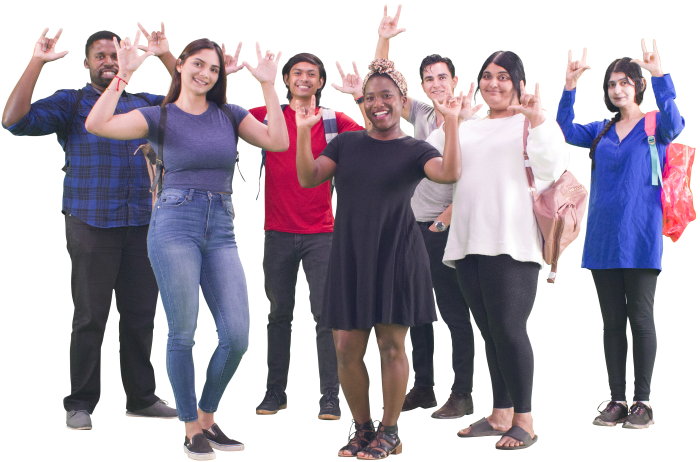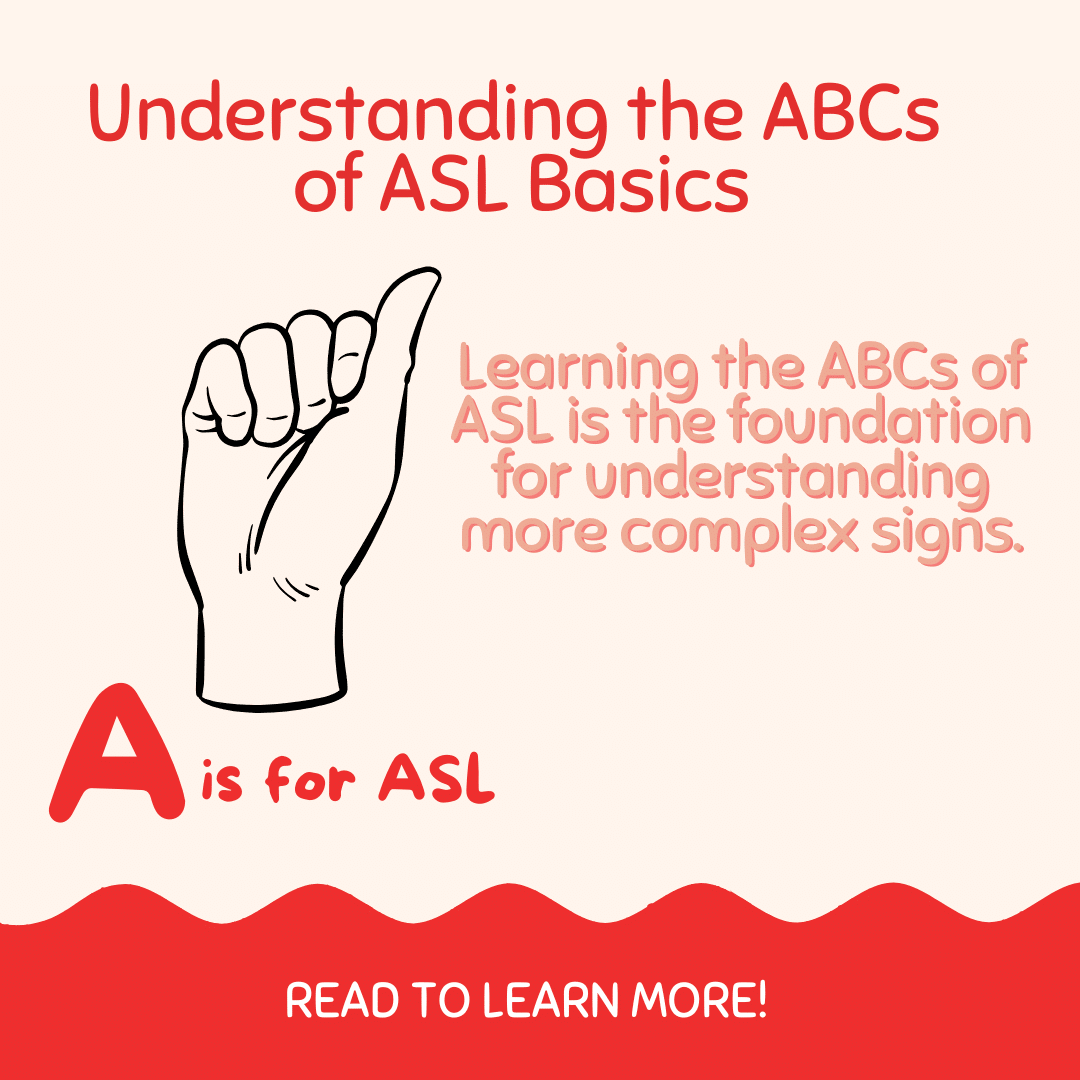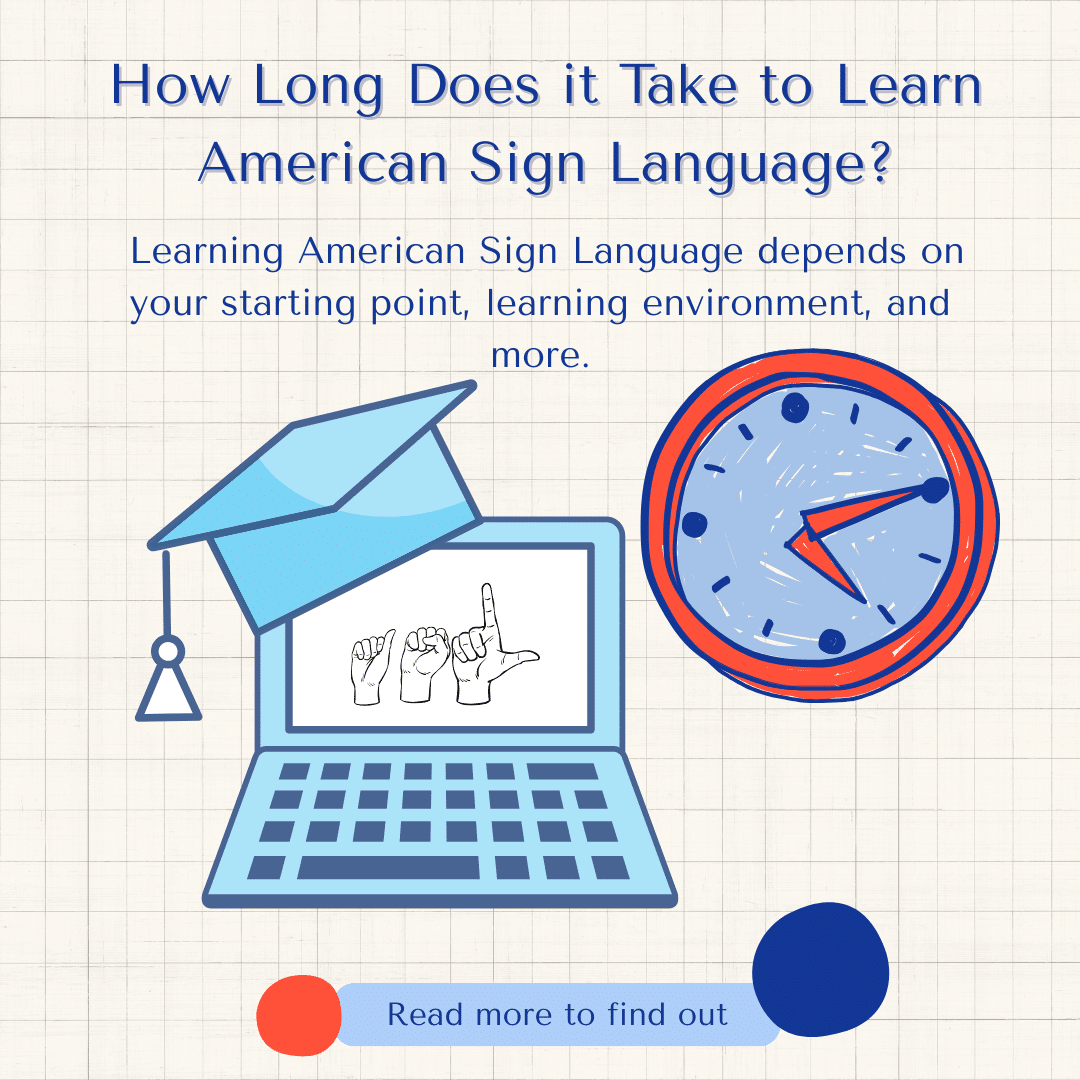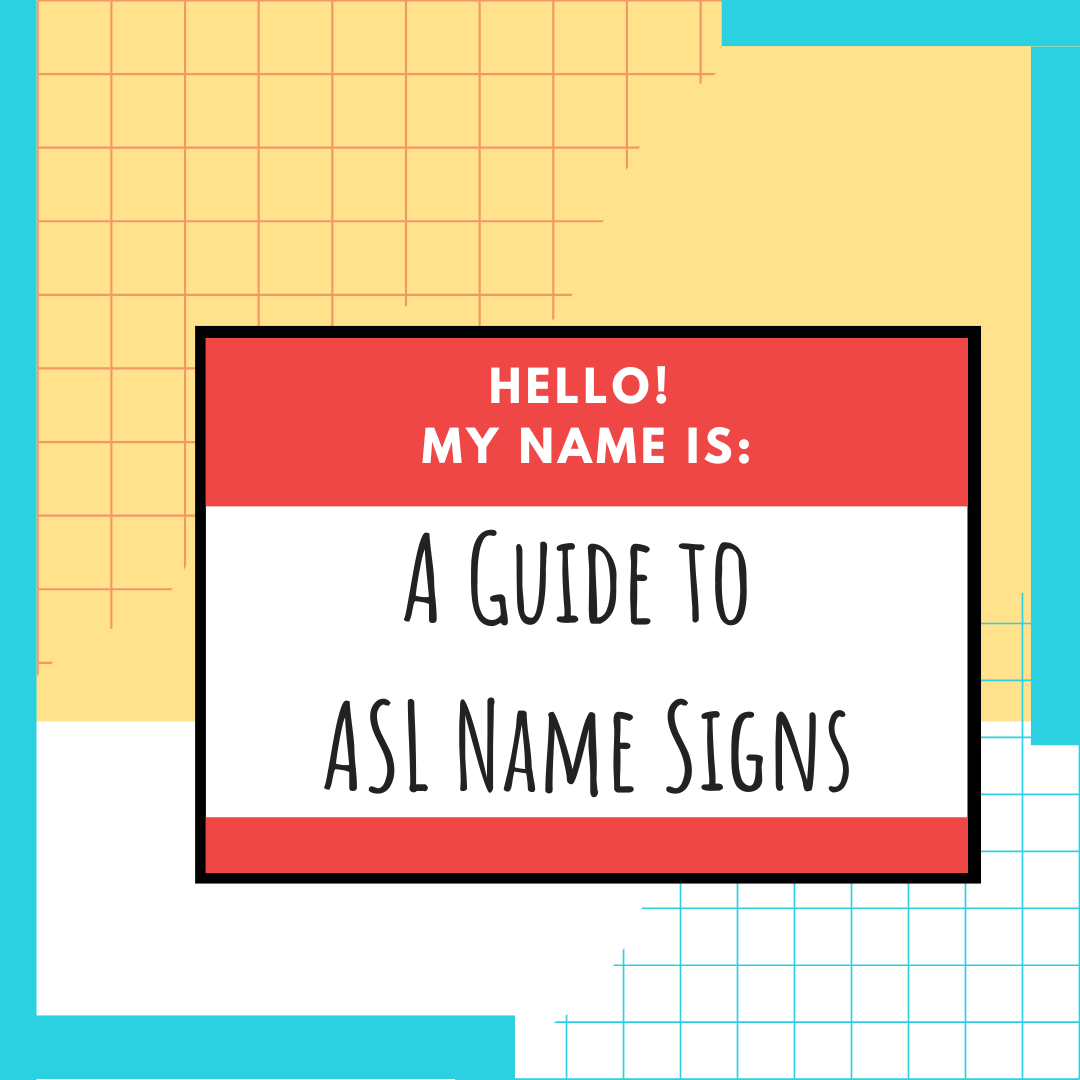
Name in Sign Language: A Guide to ASL Name Signs
- by Start ASL
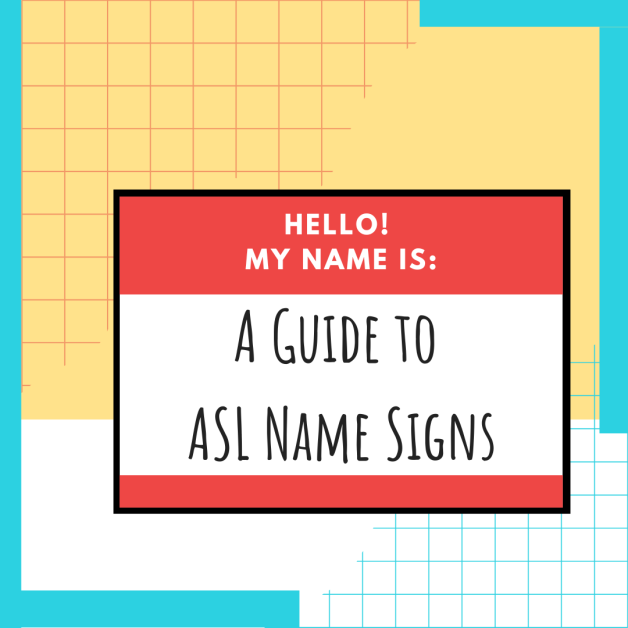
Have you ever wondered how to say your name in sign language? The concept of name signs in sign language is both fascinating and essential for anyone looking to learn more about this expressive form of communication. Sign languages across the world have their unique ways of incorporating name signs, reflecting not just linguistic diversity but also cultural richness. Whether you’re a beginner or someone already familiar with American Sign Language (ASL), understanding name signs can deepen your appreciation for this vibrant language. Moreover, it offers a unique glimpse into the social dynamics of the Deaf community, where identity and communication are intricately linked.
Name signs are unique, personalized signs used to represent a person’s name within the Deaf community. They serve as a convenient and culturally significant way to refer to individuals without having to spell out the letter of their name by letter using the sign language alphabet. This practice not only streamlines communication but also reflects the personal attributes or initials of individuals, making interactions more personal and engaging. In many ways, name signs are akin to nicknames in spoken languages, offering a sense of familiarity and intimacy among those who use them.
There are generally two types of name signs
Descriptive Name Signs
These signs are based on a characteristic or feature of the person. For example, someone with curly hair might have a name sign that mimics the motion of curls. Descriptive signs can also be inspired by personality traits or habitual behaviors, making them rich in meaning and often humorous or endearing. They serve not just as identifiers but as small stories or anecdotes about the person they represent.
Arbitrary Name Signs
These are simpler and often involve the first letter of the person’s name placed in a specific location on the body. The letter does not have any additional meaning beyond the initial it represents. Arbitrary name signs are generally easier to learn and are more prevalent in larger communities where quick and efficient communication is necessary. They maintain a balance between personal identity and practicality.
Name signs are an essential aspect of identity within the Deaf community. They foster a sense of belonging and cultural identity, creating a connection that goes beyond the literal spelling of a name. In addition, name signs serve as a rite of passage for many, marking one’s acceptance and integration into the community. This practice underscores the importance of interpersonal relationships and cultural norms in communication.
The use of name signs also enhances clarity and efficiency in conversation, reducing the need for repetitive finger spelling. They are a testament to the creativity and adaptability of sign languages, showcasing how visual cues are ingeniously used to convey complex personal identities. Furthermore, name signs reflect the values and social structures of the Deaf community, emphasizing respect, recognition, and communal bonds.
Receiving a name sign
The process of receiving a name sign is quite special. Typically, a name sign is given to a person by a member of the Deaf community. This tradition highlights the significance of cultural acceptance and the personal connection within the community. Receiving a name sign is often seen as a gesture of welcome and acknowledgment, signifying that the individual is recognized as part of the community.
This process is not just about assigning a sign; it’s a meaningful exchange that often involves observing the individual to ensure the name sign is fitting. It’s a process that encourages interaction and understanding, fostering deeper relationships and a shared cultural experience. This communal approach to assigning name signs reflects the collaborative and inclusive nature of the Deaf community.
It’s generally not recommended to create your own name sign. Doing so might be seen as culturally insensitive, as it bypasses the social and cultural norms of how name signs are bestowed. Instead, it’s best to wait until you are given a name sign by someone from the Deaf community. This respect for tradition underscores the importance of cultural humility and understanding when engaging with different communities.
Creating your own name sign
Creating your own name sign can inadvertently convey a lack of respect for the rich traditions and values embedded in the practice. By waiting for a name sign, you demonstrate a willingness to learn and adapt, which is essential for meaningful cultural exchange. This approach ensures that the name sign you receive is not only appropriate but also resonates with the community’s collective identity.
New to Sign Language
If you’re new to sign language, you might be eager to learn how to sign your name in ASL. This involves using the ASL alphabet to spell out each letter of your name. Learning to sign your name is often the first step in acquiring the basics of ASL and serves as a foundation for further learning. It also provides a tangible way to introduce yourself in the Deaf community, facilitating initial interactions and conversations.
- Learn the ASL Alphabet: Familiarize yourself with the finger positions for each letter. Visual aids and practice sheets can be particularly helpful when starting, allowing you to visualize and memorize the shapes.
- Practice Each Letter: Start by practicing each letter of your name until you feel comfortable. Repetition is key, and practicing in front of a mirror can help you correct any mistakes in your hand positions.
- Combine the Letters: Once you’ve mastered individual letters, practice combining them to spell your full name. This step helps you transition from isolated practice to more fluid movements, simulating real conversational speed.
- Use Consistent Speed: Try to maintain a consistent speed to ensure clarity and ease of understanding. Consistency in speed not only aids in comprehension but also helps build confidence in your signing abilities.
While each name sign is unique, here are a few examples to illustrate how descriptive and arbitrary name signs are used:
- Descriptive Name Sign: A person named “Rose” might have a name sign that mimics the motion of smelling a rose. This sign not only identifies the person but also evokes imagery and sensory experiences associated with the name, adding depth to the interaction.
- Arbitrary Name Sign: For someone named “Daniel,” the name sign might be the letter “D” tapped against the chest. This method is straightforward and efficient, allowing for quick identification in group settings or when meeting new people.
Learning name signs is not only a step towards mastering sign language but also an opportunity to engage with the Deaf community more authentically. Here are some benefits of learning name signs:
- Improved Communication: Name signs make conversations smoother and more natural. They reduce the need for finger spelling, allowing for more expressive and dynamic interactions.
- Cultural Connection: Understanding name signs allows you to connect more deeply with Deaf culture. It opens up avenues for cultural exchange and understanding, enriching your perspective on communication and identity.
- Enhanced Memory: Visual and kinesthetic learning methods, like sign language, can improve memory retention. Engaging multiple senses in the learning process can lead to better recall and understanding of the language.
- Social Integration: By learning name signs, you become more integrated into the community, fostering relationships built on mutual respect and understanding. It demonstrates your commitment to learning and respecting the cultural practices of the Deaf community.
Understanding and using name signs is a beautiful way to connect with the Deaf community and appreciate the nuances of sign language. Whether you’re learning your name in ASL or exploring how names are represented, this knowledge enriches your communication skills and cultural awareness. Embrace the journey of learning sign language—it’s a rewarding experience that opens up a new world of interaction and understanding. By investing time in learning this language, you not only gain a new skill but also contribute to greater inclusivity and awareness in society.
Start Learning ASL Today!
 Ready to start learning real American Sign Language and not just basic signs? Do you want to be a part of the vibrant Deaf community? Check out our Free ASL 1 Course or our Complete 4-Level ASL Course options and start learning ASL today!
Ready to start learning real American Sign Language and not just basic signs? Do you want to be a part of the vibrant Deaf community? Check out our Free ASL 1 Course or our Complete 4-Level ASL Course options and start learning ASL today!
